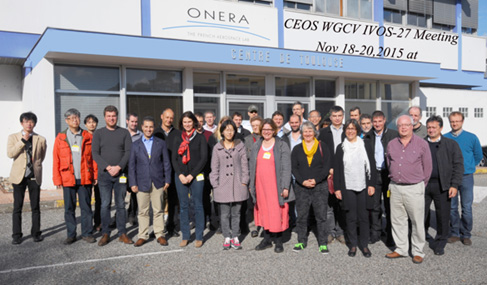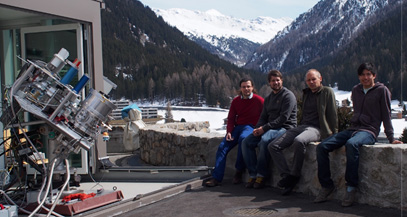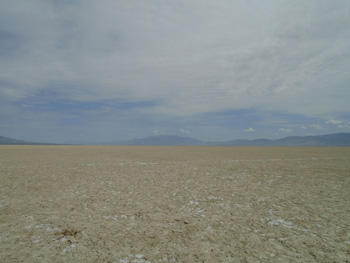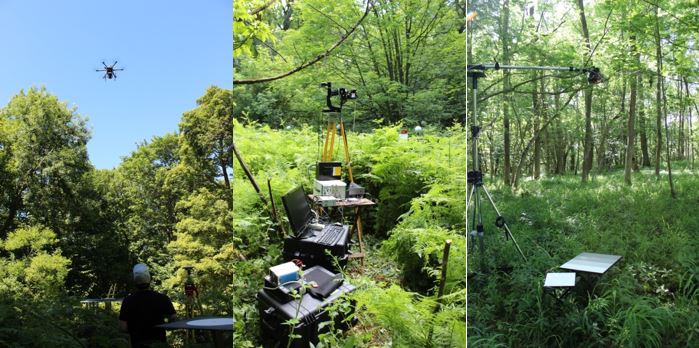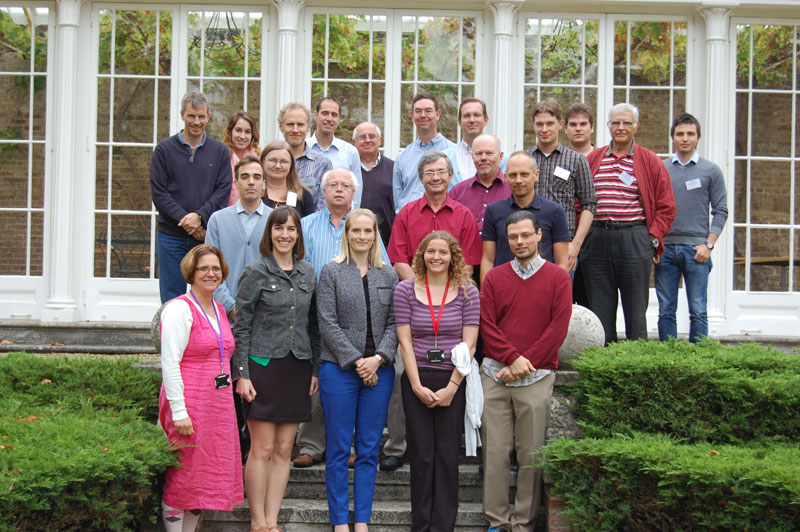Streamlined Spectral Data Management using SPECCHIO
SPECCHIO is a spectral information system designed to hold reference spectra and spectral campaign data obtained by spectroradiometers. MetEOC-3 is going to use a dedicated SPECCHIO spectral information system instance to deal with the multifaceted spectral point data accumulated in various activities related to sensor CAL/VAL. MetEOC-3 is going to use a dedicated SPECCHIO spectral information system instance to deal with the multifaceted spectral point data accumulated in various activities related to sensor CAL/VAL. SPECCHIO is a specialised software solution to allow the organised storage of spectral data accompanied with detailed metadata to describe the sampling conditions, experimental setups and target properties. One key feature is the easy sharing of data within a research team and the selection of spectral data …
Streamlined Spectral Data Management using SPECCHIO Read more »

